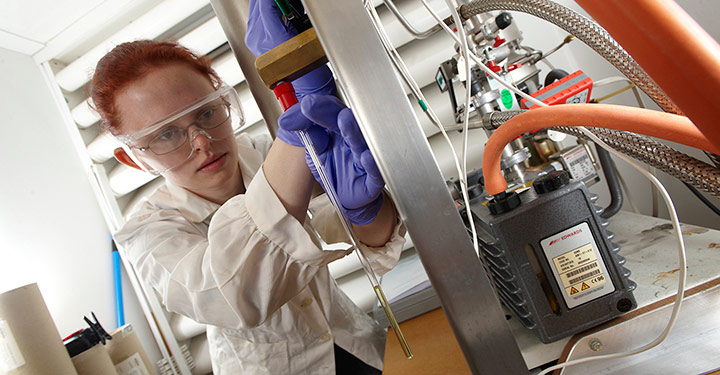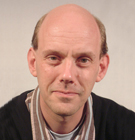The centre, which will be based across York and Leeds Universities, aims to transform how Magnetic Resonance Imaging (MRI) scans are used to treat and diagnose patients.
Magnetic Resonance Imaging
The researchers hope that in the future doctors will be able to accurately make diagnoses from MRI scans that currently take days, weeks and sometimes months, in just minutes.
Funded by the Medical Research Council, the specialist centre is supported by new medical imaging facilities at Leeds Teaching Hospitals and the University of York.
The centre will focus on a new imaging method which could see the signal in MRI scanners increase up to 100,000 fold and has the potential to make the development of new drugs more effective.
SABRE
The technique, which is known as Signal Amplification by Reversible Exchange, or SABRE, has been developed by scientists at York. It works by magnetically labelling drugs or substances that occur naturally in the body, without changing their molecular structure, making the method very safe and versatile.
Professor Gary Green from the York Neuroimaging Centre and Professor Simon Duckett, from our Department of Chemistry, lead the development of SABRE.
Professor Duckett said: "While MRI has completely changed modern healthcare, its value is greatly limited by its low sensitivity. As well as tailoring treatments more accurately to the needs of individual patients, our hope is that in the future doctors will be able to accurately make diagnoses that currently take days, weeks and sometimes months, in just minutes."
Together with doctors at Leeds Teaching Hospitals, the researchers at the University of Leeds will be responsible for applying the York technique to patients.
Professor Sven Plein, leader of the research team from the School of Medicine at the University of Leeds, said: "Together with colleagues at the University of York, we hope that this technique could in future be applied to every MRI scanner in the country, massively enhancing how medical professionals diagnose illness in patients."
Professor Green added: "It is wonderful and very exciting that our Wellcome Trust sponsored research will be made available for use in the clinic. This funding will also allow us extend the use of the methodology to a much wider range of pharmaceutical and diagnostic agents."
The Centre for Hyperpolarisation in Magnetic Resonance
The development of the SABRE technique in York is being driven forward at a £7m purpose-built research facility that opened last year. The Centre for Hyperpolarisation in Magnetic Resonance houses over 30 research scientists and combines the world-class expertise of research scientists from the University of York’s Departments of Chemistry, Psychology and Biology, as well as the Hull York Medical School.
The SABRE project has already gained over £12m investment from the Wellcome Trust, Bruker Biospin and the Engineering and Physical Sciences Research Council.
The text of this article is licensed under a Creative Commons Licence. You're free to republish it, as long as you link back to this page and credit us.






